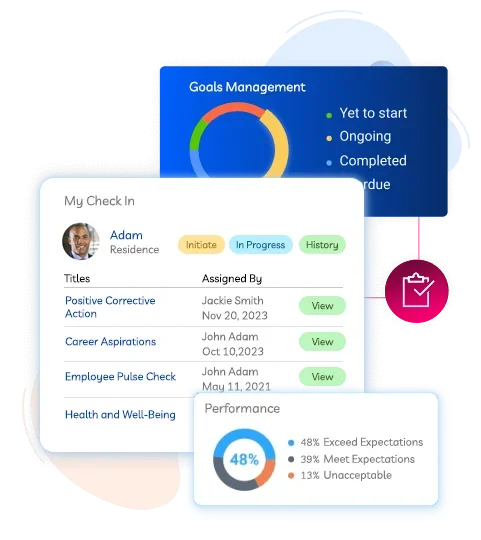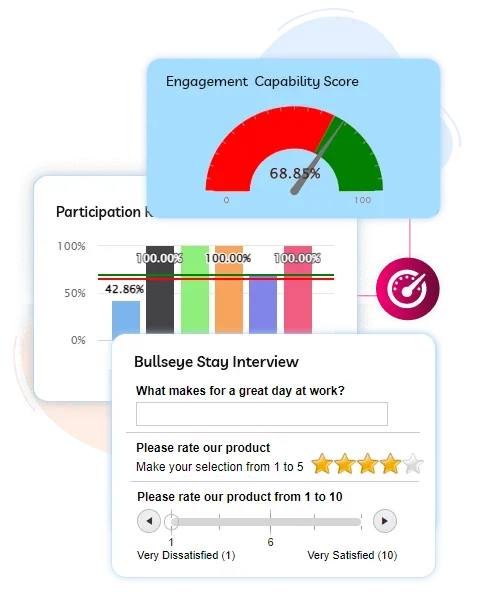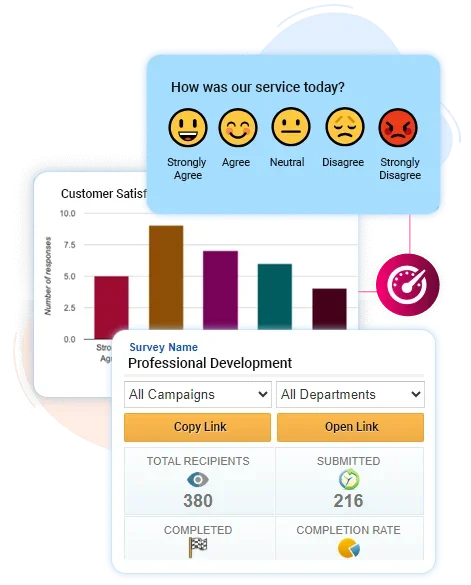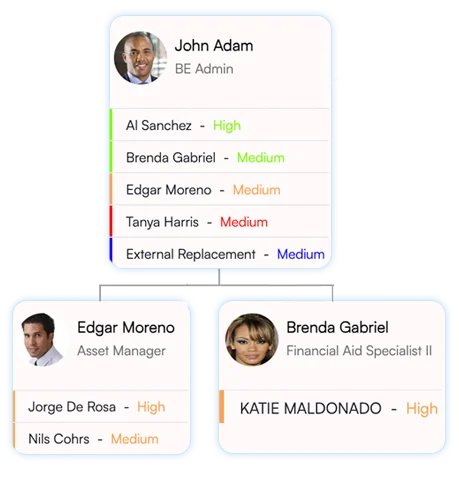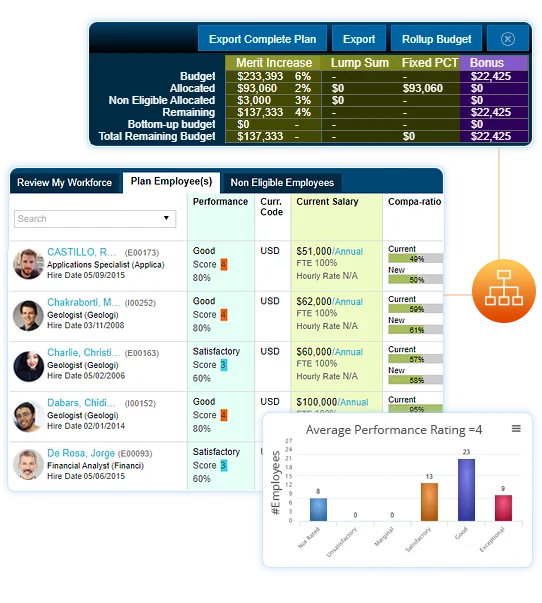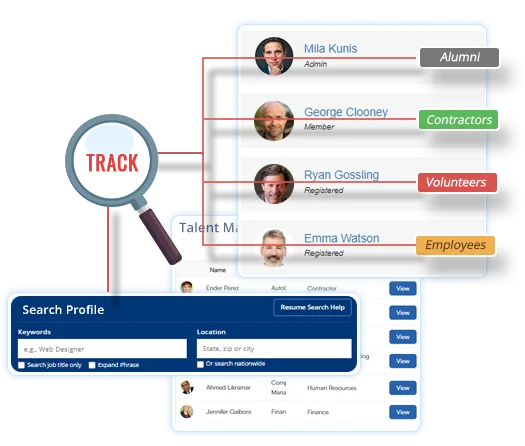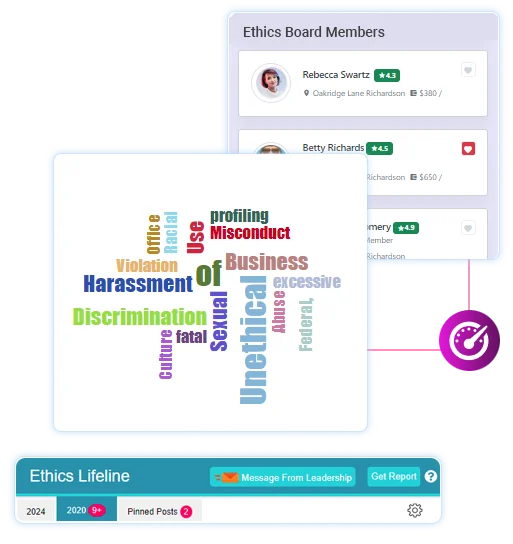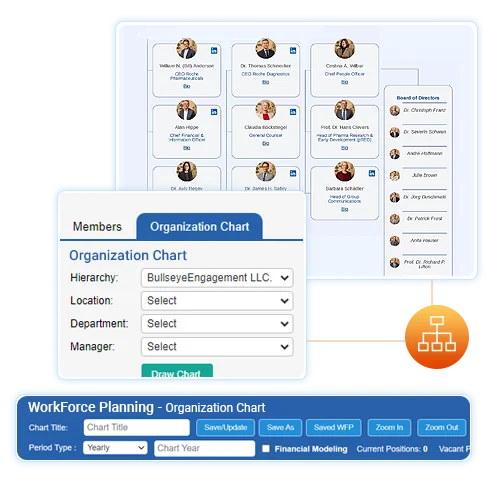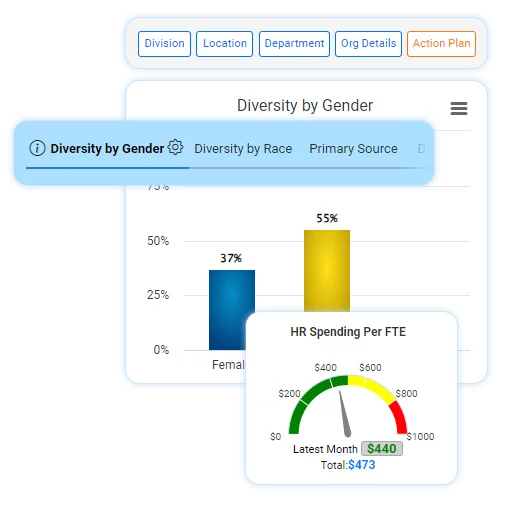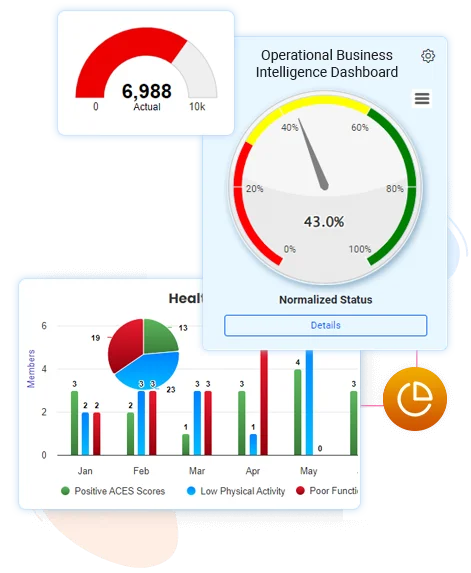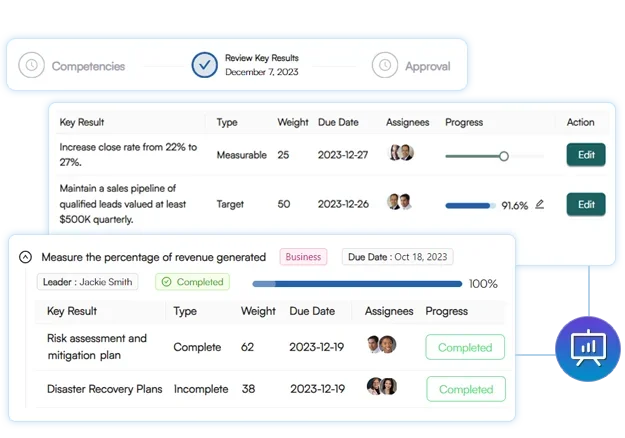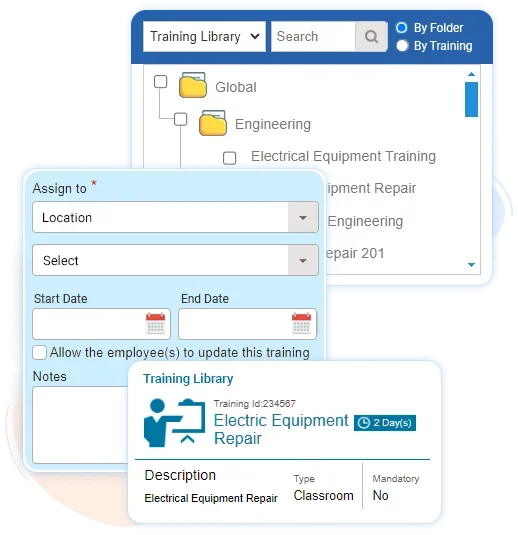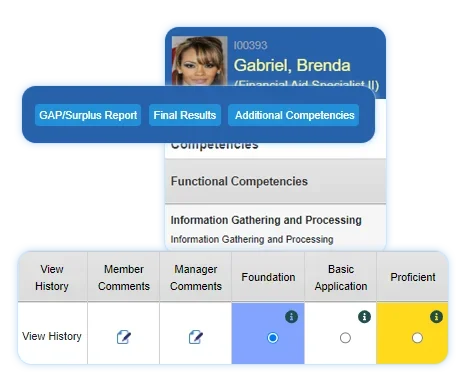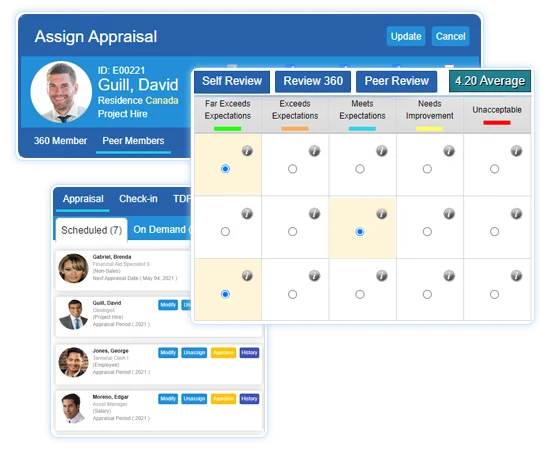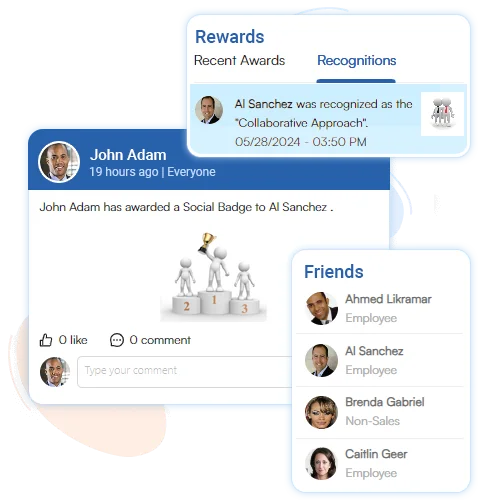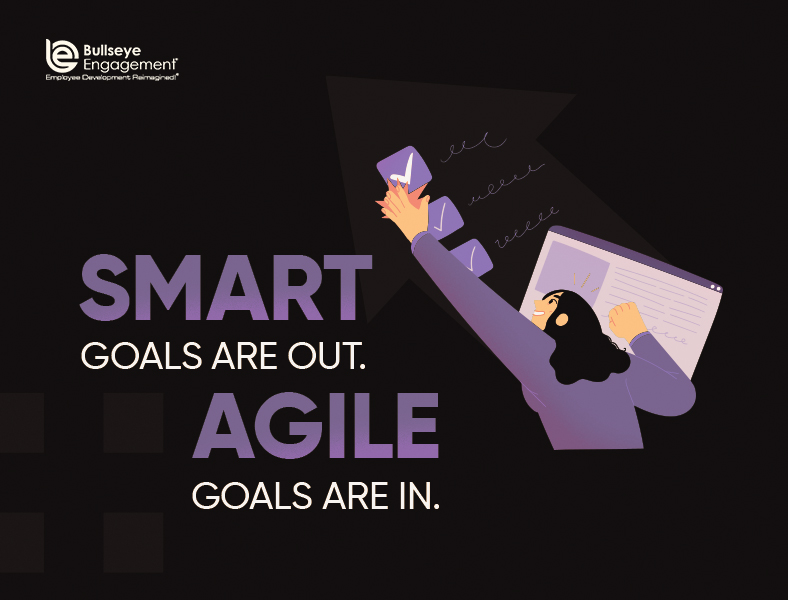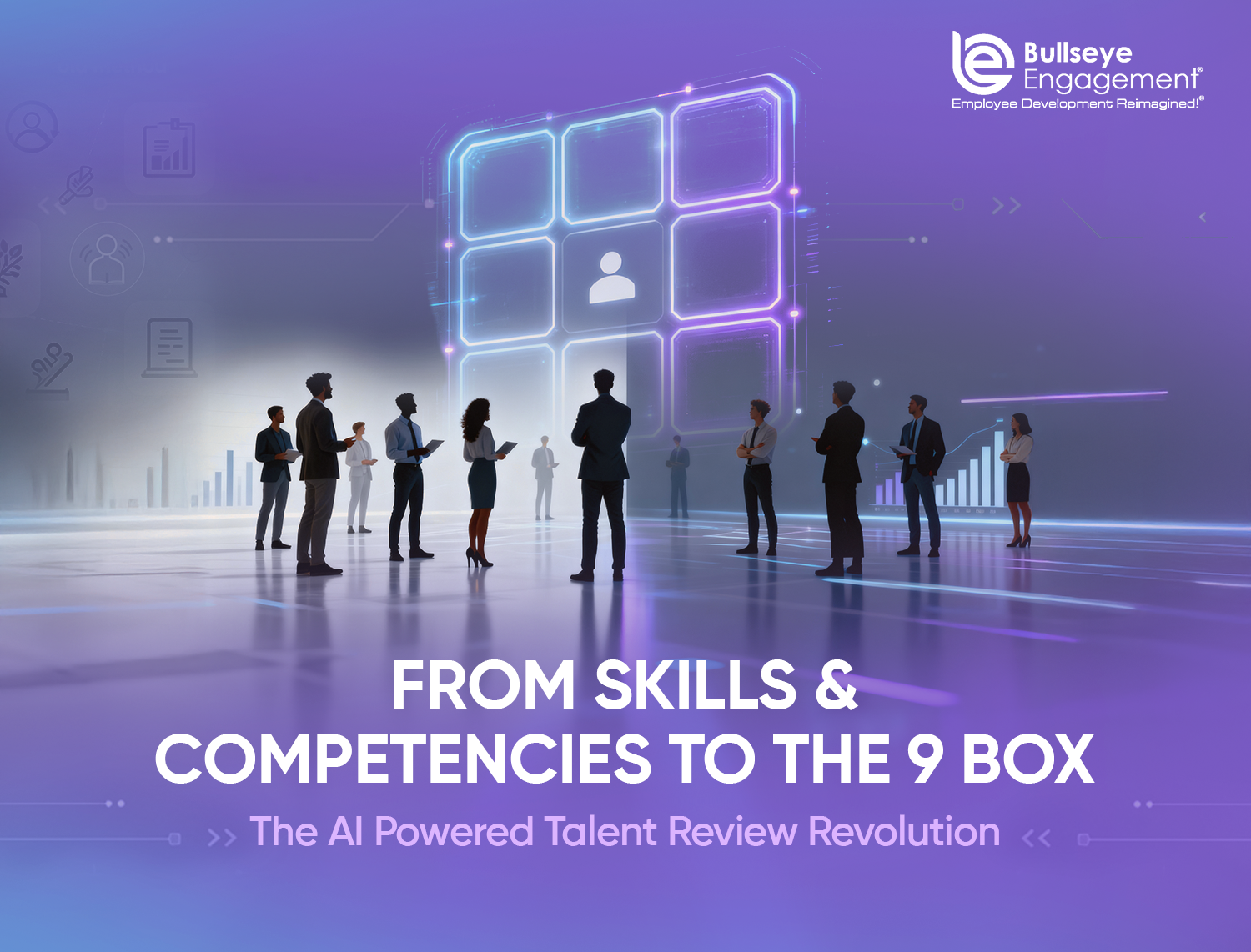For a long time, SMART goals have been the foundation of performance management. The SMART framework encourages setting goals that are specific, measurable, achievable, relevant, and time-bound. It’s structured, logical, and easy to apply in environments where priorities remain relatively stable.
But today’s workplace is anything but predictable. With evolving business needs, hybrid teams, and fast-paced change, rigid goal structures can quickly become outdated.
This is where agile goals come in.
Agile goal-setting is more adaptive, collaborative, and responsive. Rather than locking goals in at the start of the year, agile goals are reviewed and refined continuously. They align with changing business priorities, focus on shorter time frames, and encourage open communication between teams and managers.
The shift from SMART to agile is not just about flexibility. It’s about keeping performance strategies aligned with reality.
The Problem with SMART Goals
SMART goals assume stability. They work best when the outcomes and paths are clear. But in today’s reality, clarity often comes after experimentation — not before.
What we’re seeing now is that teams are getting locked into outdated goals too early. Employees struggle to connect their individual objectives to business priorities that are constantly shifting. Managers are still conducting performance check-ins based on mid-year targets while strategy changes monthly. Goal-setting becomes a box-checking exercise instead of a tool for performance.
It’s not that SMART goals are ineffective — they’re simply too static for the pace of today’s business environment.
Why Agile Goals Work
Agile goals are dynamic and built to evolve. They’re aligned in real-time with business strategy, focusing on shorter cycles, clearer alignment, and more frequent collaboration. Agile goals help teams stay on track while staying adaptable.
This approach includes shorter goal cycles, often monthly or quarterly, and continuous check-ins instead of once-a-year reviews. Teams have shared visibility into objectives, and goals are refined based on results, feedback, and changing priorities. Employees feel involved in the process, not just handed a target.
And our platform is designed to help HR leaders and managers drive that alignment effortlessly.
Final Thought: Align Goals with How People Work Today
SMART goals had their time. But business today moves faster than annual plans. Employees want purpose, not paperwork. Managers need visibility, not static targets.
Agile goals keep your organization responsive, your people aligned, and your performance strategies alive. With BullseyeEngagement, making the shift isn’t just possible — it’s powerful.
Explore how our OKR Solution can bring agility to your performance strategy.
